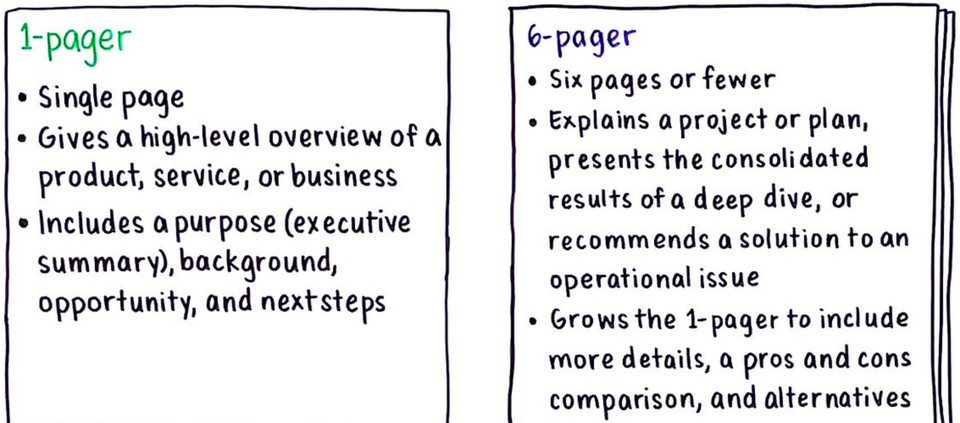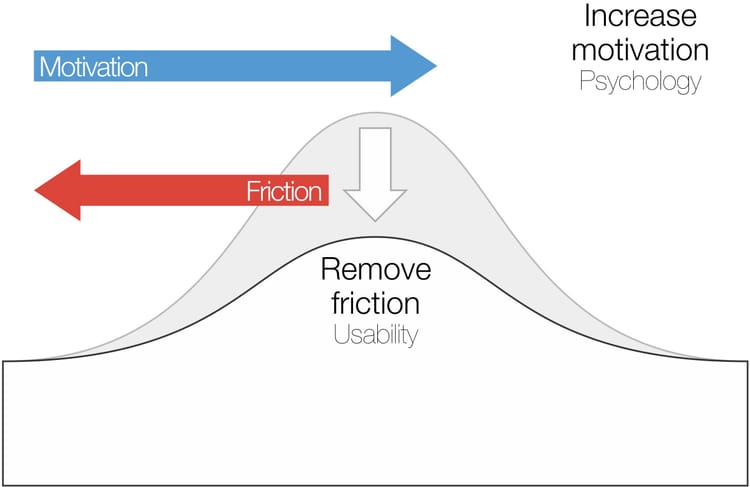Writing 6-page Strategy updates

Amazon is famous for using a 6-page format for teams to document and review strategy. The Six Pager serves as a strategic tool for communication and alignment. It allows teams to effectively convey their ideas to stakeholders, ensuring a shared understanding of the proposal's value and potential impact.
While every company will have different areas they want teams to focus on, the below format can be a helpful starting point to use for these 6-pager updates.
Key Sections
Purpose of this meeting
Outline why your audience is reviewing this document. Is it to make a decision or to provide input on the strategy. Be clear about what you want from your audience up-front.
Exec. Summary (TL/DR)
Provide the 50,000 foot view of this topic. What has been happening over the previous quarters? What is your proposal? What must be done to ensure success of this initiative? What dependencies do you have?
How this impacts customers (ideally positively)
Show any potential impacts on customers and partners. Ideally this would be positive, but flag any risks to customer experience, costs, etc.
Market Landscape
How do we view the market as it relates to this program? What trends to we see? How is customer behavior expected to evolve?
Where do we play, and how will we win?
This is the essence of your strategy. How are you currently positioned in the market? How do you plan to change this? Why is this the right approach?
Plan (6/12/18 months or Crawl/Walk/Run)
Note the milestones you propose to hit over the short, medium and long-term. What open questions do you have? What investments need to be made?
Open Questions
What open questions do you have? What can your audience help with?
General tips on preparing these updates
- Triple-check your data
Nothing will lose you credibility like incorrect (or outdated) data. Make sure if you present it, you are 100% sure it is accurate. - Be realistic, not optimistic
Senior decision makers don't want the glass-half full view of the world. That want to see objective and balanced recommendations based on data. - Share with some key people for feedback
Share with some trusted collaborators for feedback. Different functions will have a different view of the world, and can provide feedback which you may not have considered. - Include enough context to ground your audience in the topic
Teams these days do a lot of multi-tasking. Don't assume your audience has the context for this program, so give them enough to hit the ground running.
"The essence of strategy is choosing what not to do." — Michael E. Porter
If you found this useful, please share it. 🙏
Related Reading







